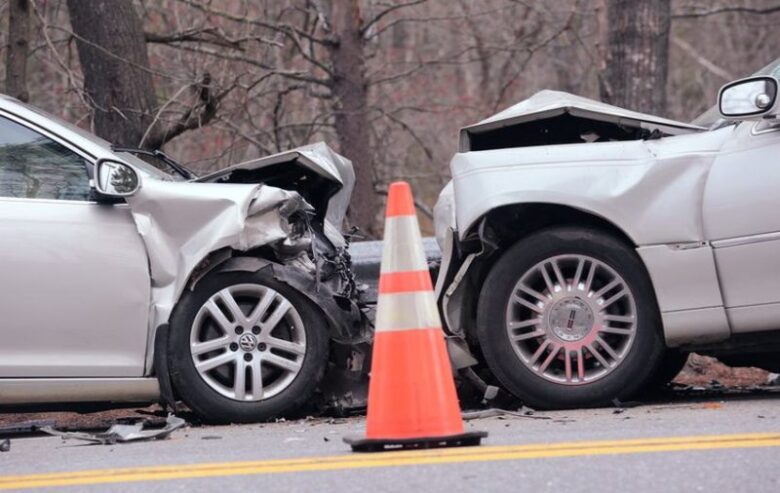Everyone is buzzing about self-driving cars, but we’re still years away from fully autonomous vehicles. The good news, though, is that the same advances that are making self-driving cars a possibility in the first place are also reducing the accident risk for everyday drivers.
From cameras to sensors, soon every car will be equipped with crash avoidance technology.
Rear-End Collisions Consequences

In an examination of the most dangerous cars on the road today, one of the most common issues found was front end collisions. Many ranked poor to marginal on safety after suffering front end damage, leaving drivers and passengers at risk even in minor rear-end collisions, which are the most common type of accident.
So how can technology minimize the number of rear-end collision incidents? In order to create a completely automated vehicle, cars need complex sensors that can identify objects in the surrounding environment.
This has led to the development of sensors that can detect stationary objects, and collision warning systems equipped with automatic emergency braking. If a car stops short ahead of you, such sensors can identify the potential collision and begin to stop your car before you even realize you’re at risk.
Rear-end collisions are often thought of as relatively minor in the scheme of car accidents, but according to FlemingAttorneys.com, individuals involved in rear-end collisions can suffer long-term chronic pain, limited mobility, whiplash, and broken bones, among other injuries. Preventing such injuries, then, is a serious health issue and a matter of public safety, as well.
Stay in Your Lane

Another way that the sensors used in automated vehicles are making traditional cars safer is through the implementation of lane departure technology. Such technology warns drivers when they’re drifting out of their lane and can even course correct the vehicle.
Though it hasn’t significantly reduced major accidents, lane departure technology has reduced single-vehicle accidents, sideswipe incidents, and certain types of head-on collisions.
Lane assist capabilities still varies widely – some of the programs allow you to stay easily in your lane and work well with existing cruise control features. Others tend to weave and swerve a lot and should only be trusted in an emergency.
Preventative Measures

While most of the technology being introduced into cars engage drivers to prevent accidents, other tools aim to prevent accidents by monitoring the car’s internal condition.
Advanced IoT can monitor and issue alerts based on data from the engine, exhaust system, and other vehicle systems. All of these functional metrics provide insight into how well the car is working and can alert drivers when the vehicle needs repairs, preventing emergency situations on the road.
New sensor technology doesn’t yet come standard on most cars; insurance companies and owners alike are concerned that the new tools will double the cost of car repairs, making them impractical for the average driver.
Still, we should recognize that we can’t put a price on life and health. If these new tools can save lives and make our roads safer, the added cost is more than worth it. And, as these tools enter the market second hand on used vehicles, they will become more accessible to a wider audience.
Through technology, safer roads are on the horizon.


